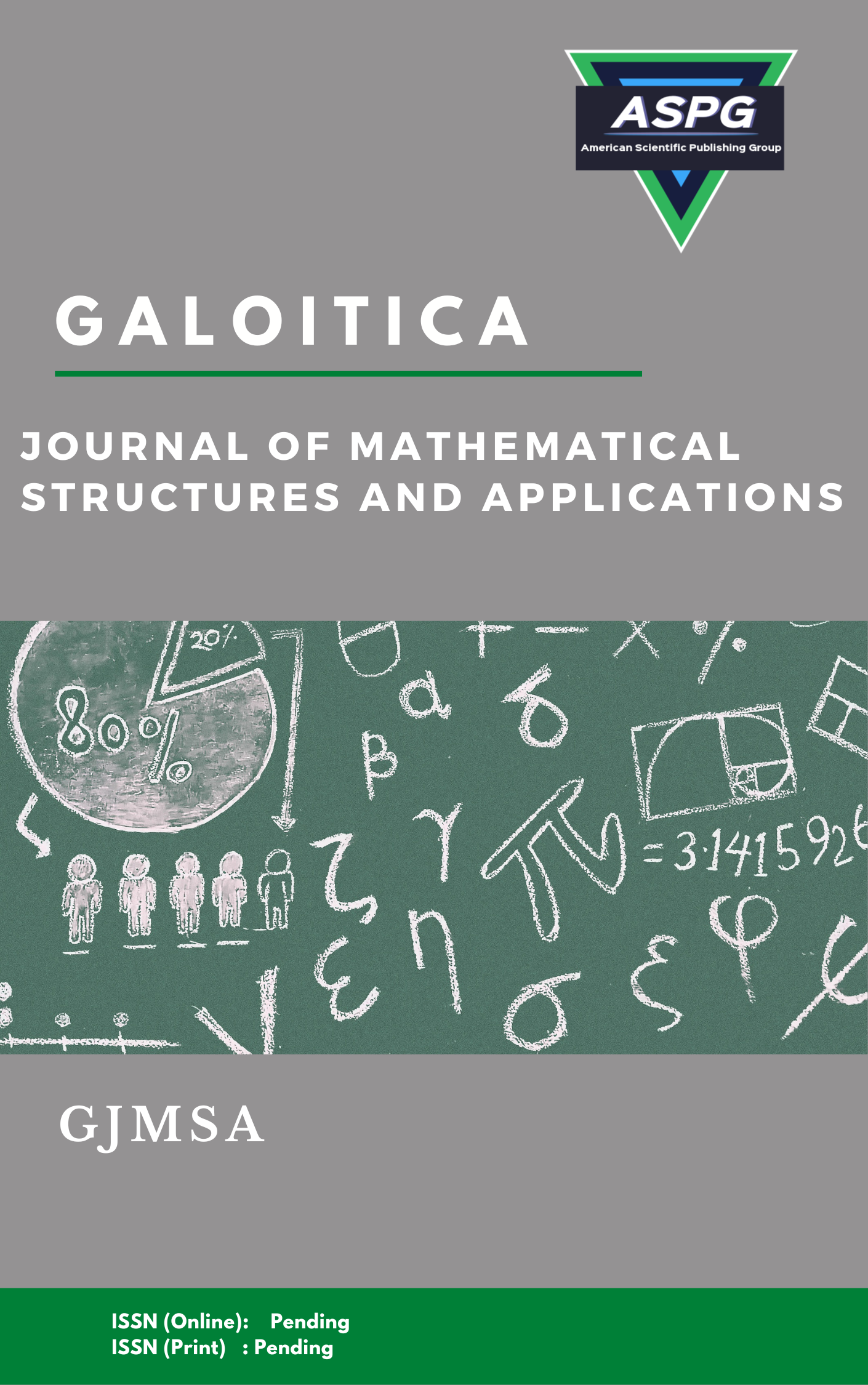

This paper is dedicated to study 4-cyclic refined vector spaces, where we classify these spaces by using semi-module isomorphisms as direct product of classical complex vector spaces. In addition, we study the inner products defined over these structures and we present sufficient conditions for 4-cyclic refined orthogonality.
Read MoreDoi: https://doi.org/10.54216/GJMSA.0120101
Vol. 12 Issue. 1 PP. 01-08, (2025)
Recent time retraction analysis is considered as one of the major issues. The retraction is a regular process where some time it is true, some time happen due to conflict, some time due to indescribable parameters or last via self retraction by authors or Editor. It is happening due to pressure on academia and its quality measurement by quantitative publications and citation rather than qualitative. It forces researchers to add the co-authors for increment, promotion, or citation rather than focusing on true research. Some time the retraction happens due to self correction, genuine mistake or conflict of interest with editor. These types of genuine or self retraction happended using Turiyam awareness of authors or editor which can be considered as positive retraction. It is also noted that negative results are also part of the research as equal to positive or noble research. It is difficult to characterize these types of retraction. In this paper author has introduced a mathematical model for precise analysis of retracted paper and its characterization in true (t), false(f), indeterminant (i) and liberal (l) region for intellectual measurement. Same time the extension of work for undefined or unknown paramerters of retraction or unretraction is also discussed using the complement of Turiyam operator with an example.
Read MoreDoi: https://doi.org/10.54216/GJMSA.0120102
Vol. 12 Issue. 1 PP. 09-18, (2025)
In this paper, we study the group of units problem of three different non-commutative logical extensions rings, where we classify the group of units of the rings (NCR)_(Z_pq ), (NCR)_(Z_(2^n ) )and (NCR)_(Z_(p^2 ) )as semi direct products of well-known abelian groups as the following: U(N⊂R)_(Z_pq )≅(Z_(p-1)×Z_(q-1) )∝[(Z_p×Z_q )∝(Z_(p-1)×Z_(q-1)), U(NCR)_(Z_(2^n ) )≅(Z_2×Z_(2^(n-2)))∝(Z_(2^n )∝(Z_2×Z_(2^(n-2)))), U(N⊂R)_(Z_(p^2 ) )≅Z_(p^2-p)∝(Z_(p^2 )∝Z_(p^2-p)).
Read MoreDoi: https://doi.org/10.54216/GJMSA.0120103
Vol. 12 Issue. 1 PP. 19-23, (2025)
The study of graph width parameters is a well-established field within graph theory. Recently, numerous researchers have been actively extending undirected width parameters to directed graphs, resulting in a wide range of studies on directed width parameters. In this paper, we introduce a new concept called Directed Linear-Branch-Width, which extends the (Undirected) Linear-Branch-Width to digraphs. We also investigate its relationship and hierarchy with Directed Path-width, Directed Cut-width, and Directed Neighbourhood- width
Read MoreDoi: https://doi.org/10.54216/GJMSA.0120104
Vol. 12 Issue. 1 PP. 24-35, (2025)
The objective of this paper is to study for the first time the concept of symbolic neutrosophic algebra defined over a neutrosophic ring R(I), where we derive a strict definition of this concept as an expansion of neutrosophic modules. In addition, we study some of its elementary properties such as neutrosophic subalgebras, neutrosophic homomorphisms and kernels through many theorems and mathematical proofs.
Read MoreDoi: https://doi.org/10.54216/GJMSA.0120105
Vol. 12 Issue. 1 PP. 36-43, (2025)